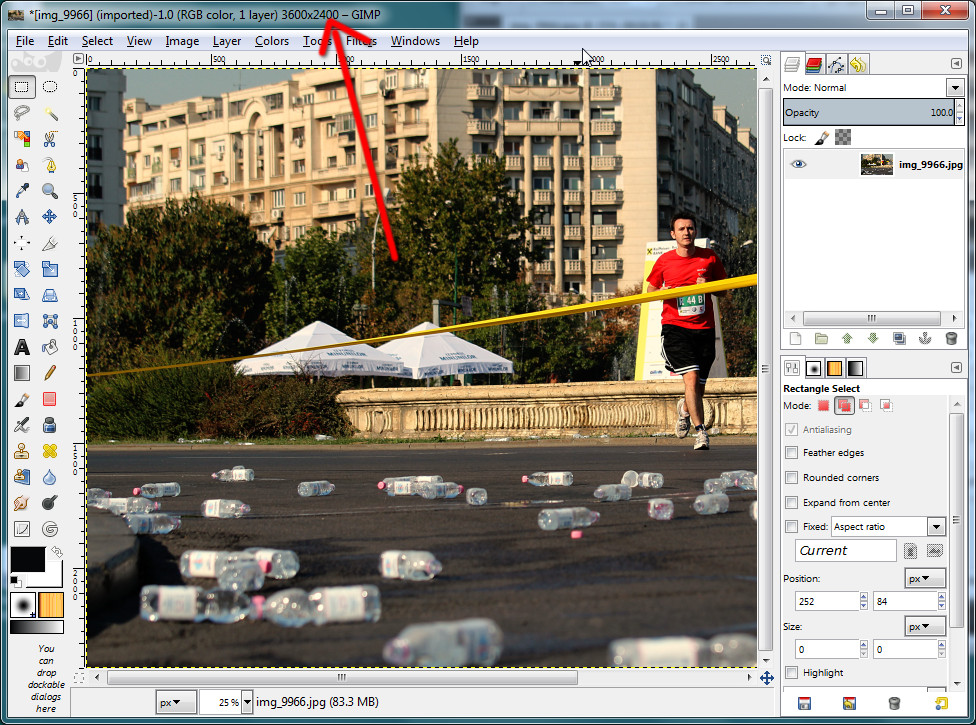

So many, many photo editing applications have a sepia effect activated with just one click. With digital pictures used all around the demand for long archiving of new printed photos is rapidly going down, and split toning is now usually understood as a way to make pictures look old. Today you can get all kinds of toners which you can combine. Another popular toner is selenium which is different from sepia in a way that is starts processing from shadows (and tints pictures with purple). This is exactly why in many examples of split toning you can see a lighter shade of brown used for highlights by default - so that you get look and feel of traditional sepia toning.Īn important thing to remember is that sepia is not the only toner. That way you get tinted highlights and midtones, while shadows are mostly preserved.

So in analog photography classic split toning is what you get when you bleached a picture and processed it with sepia. Thus in order to get a richer tint photographers do the so called bleaching which basically means washing out metallic silver. The next special thing about sepia is that during the process it starts replacing lighter areas first, because they are less exposed and thus have less metallic silver. Which is exactly why we can see that many samples of early photography around. The thing about sepia is that the chemical process involves replacing the metallic silver in the emulsion with silver sulfide which is a lot more stable than metallic silver and thus preserves “printed” pictures a great deal better. The pigment got its use in watercolors and oil paints, and a century later - in photography.Īs a matter of fact, sepia toning wasn’t done just for visual effect. It started with German painter Jakob Crescenz Seydelmann in the end of 18th century who discovered how to make a really rich tinted pigment out of the ink sac of the common cuttlefish. While common cuttlefish (Sepia officinalis) is indisputably cute and photogenic, the irony is that it had been subject to a lite form of genocide for decades. He’s like saying to us: “I couldn’t care less about the so called photography of yours and yourself. In this tutorial we’ll explain what sepia actually is, and how this effect is best achieved in GIMP and darktable.īefore we proceed to the heart of the matter, let’s have a look at this little lad.


 0 kommentar(er)
0 kommentar(er)
